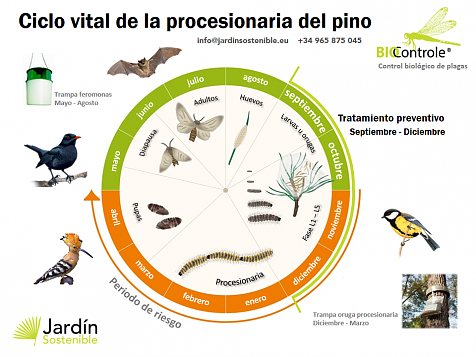
...

...
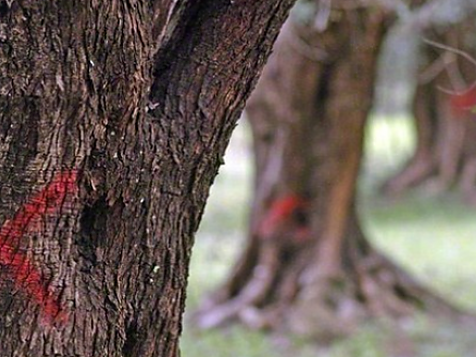
There will be a before and after. After causing havoc in the cultivation of olive trees in Italy and infecting numerous almond trees in the Balearic Islands, the bacterial infection Xylella Fastidiosa has reached the Iberian Peninsula and is very likely to have arrived to stay forever. A few days ago the first outbreak of this infection was confirmed in the town of Guadalest, in the province of Alicante. Although not contagious for humans, it causes serious damage to some very important cultivations in our country, such as: olive trees, citrus trees, grapevines, almond trees, peach trees, as well as numerous ornamental plants. Xylella Fastidiosa is a bacteria that is transmitted by insects known as Chicharritas or Saltahojas (Cicadélidos). These feed on the Xylem - the plant tissue that drives the sap and holds the plant - infecting the tree. The bacteria produces the drying of leaves and branches, and if the necessary measures are not taken on time, finally, the tree will die. Although there is no preventive treatment or known cure, promising news comes from Italy, where a treatment is being developed in conjunction with the University of Foggia and the Council of Research in Agriculture and analysis of agrarian economy in Caserta, Italy. Infections are often latent and have no symptoms, making it difficult to detect the pest in the area. Once the infection is detected and confirmed, the eradication protocol is activated or the containment measures are applied instead. The eradication program of the Ministry of Agriculture and Health requires the elimination and destruction of all infected plants as well as those with symptoms and host plants in the area. Where eradication is no longer possible because of the extent of the infection, the competent official body may apply containment measures in that area. Below you can find the link to the list of host plants of the strains of Xylella fastidiosa present in Europe: Http://ec.europa.eu/food/plant/plant_health_biosecurity/legislation/emergency_measures/xylella-fastidiosa/susceptible_en.htm. In the fight against Xylella fastidiosa it is necessary to promote collaboration between the Ministry of Agriculture, the different Autonomous Communities and the working groups of experts at national and international level to reinforce the strategy to combat the spreading of the infection. If you detect signs of infection with Xylella fastidiosa in plants or trees in your area do not hesitate and contact the Department of Plant Protection of the Ministry of Agriculture or notify our company, Jardin Sostenible, by sending an email to info@jardinsostenible.eu or call +34 965 875 045. One of our specialists will come and check the affected plant on site....
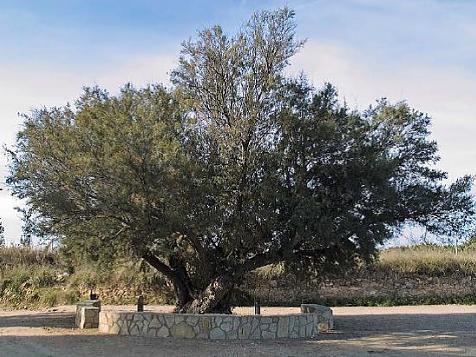
Trees are beings that emerge from the earth, that sink their roots in it and rise towards the sky. ...
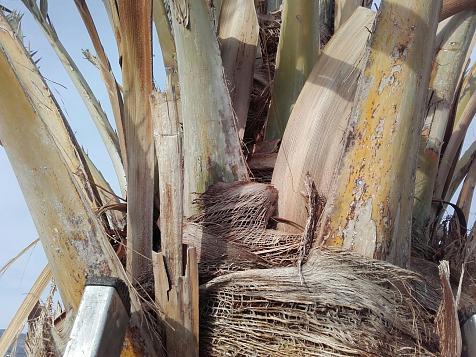
Palm trees, like other plants, can suffer from problems that affect them, sometimes to death. ...
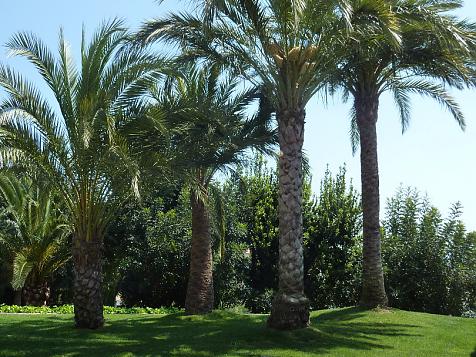
Palm trees, like other plants, can suffer from problems that affect them, sometimes to death. The point of a growth point of the palm is the "bud": the point where there are young and young leaves. If this part is affected the plant can weaken and die. The main problems between generals can be distinguished in: Pests: like insects and mites. Diseases: bacteria, fungi and viruses. Physiopathies: due to variations in temperature, lack of nutrients, etc. MOST COMMON PEST Red spider (Tetranychus urticae) White spider (Polyphagotarsonemus latus). They are mites that attack the tender leaves harming their development and that multiply mainly with the dry air of spring and summer. Very effective is Phytoseiulus persimilis or Amblyseius californicus. Woolly aphid (Lepidosaphes, Chrysonphalus dictyospermi, Cocus hesperidium, Saisetia oleae) and the Red woolly aphid of the palm tree (Phoenicococcus marlatti). There are different types of woolly aphid that can affect the aerial parts and / or the trunk, in deep zones to the shelter of the light. It can weaken the plant or dry some of its leaves. It is very important to eliminate the parts that are very affected and to control the pest with specific products like Cryptolaemus montrouzieri. There are also butterflies that lay their eggs in the plant. Some of the larvae of Paysandisia Archon for example, developing, galleries in the trunk due feeding into the stem of the palm trees. Thrips are small insects that eat suck the leafs. In this case, the soil must be treated with products against Thrips or release beneficials/ Weevils There are different species of the Curculionidae family of Asian or South American origin that are affecting our countries by the unauthorized importation of non-indigenous species (which is disciplined by Law and that need a phytosanitary passport and a time of observation in nurseries before of the sale). When visible damage (twisting of the outermost leafs on the central nerve that changes color, leafs falling) is very late and the plant is often compromised and dies at once. The larvae with powerful jaws dig galleries in the trunk up to meters looking for food to develop, for this reason the plant dies. When the weevil has no food or is adult, look for other palm trees to start a new attack. The life cycle is 3-4 months. The red palm weevil (Rhynchophorus ferrugineus) is the best known pest and has a preference among host species: Canaria (Phoenix canariensis), Datilera (Phoenix dactylifera), Palmito (Chamaerops humilis), Trachycarpus. The treatment of Preventive Fumigation repeated during the year result in a good control of the red palm weevil....
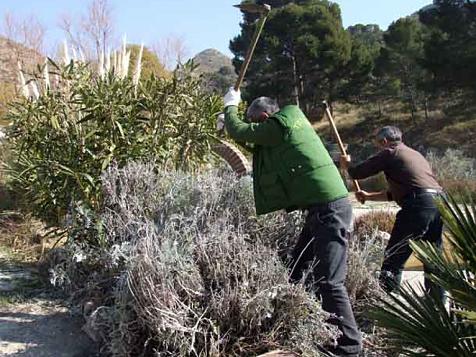
There are species of flora and fauna on the planet that when are transferred to a different and not proper ecosystem, tend to behave in an invasive way. ...